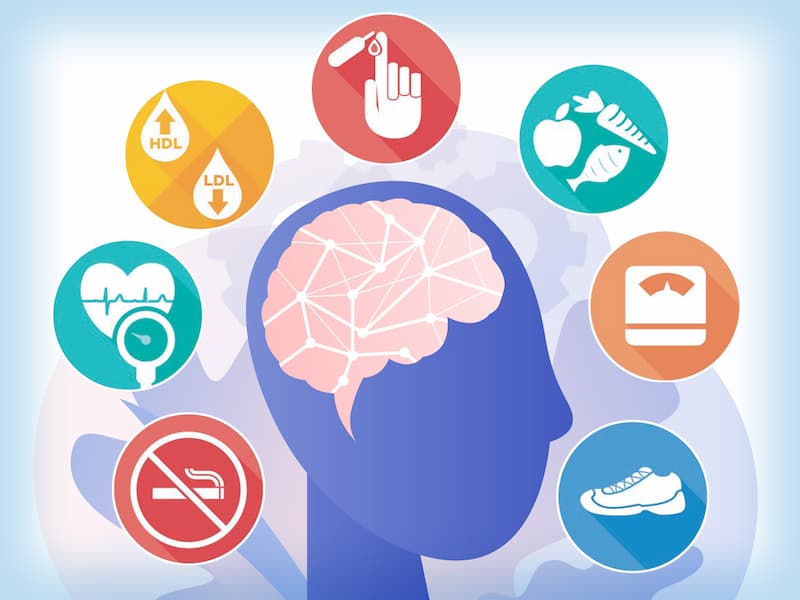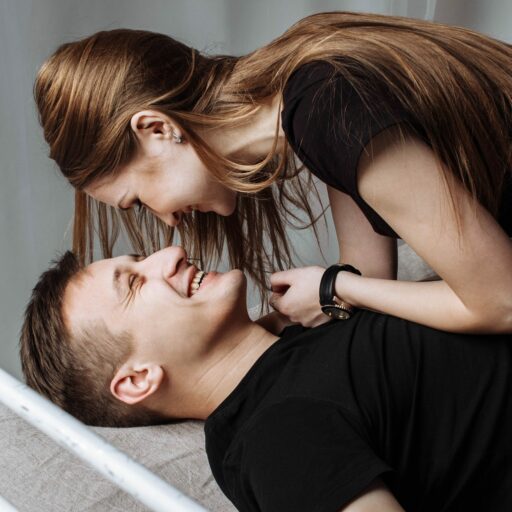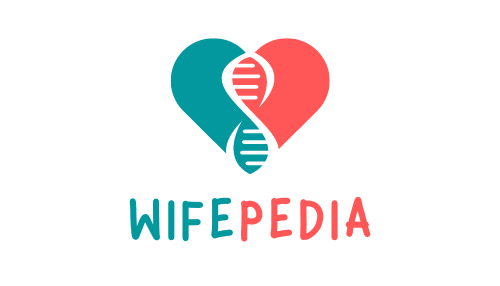Relationships are emotional or logical connections between people, while fellowships refer to shared experiences or interests. Relationship vs Fellowship. These concepts highlight interpersonal dynamics and community involvement, respectively.
Understanding the distinction between relationship and fellowship is crucial for personal development and social interaction. Relationships often involve deeper emotional bonds, such as those found among family, friends, or romantic partners, where individuals relate to one another through various levels of commitment, affection, and reliance.
On the other hand, fellowships are generally rooted in mutual pursuits or collective goals, like those connecting colleagues, peers, or members of a club or organization. These bonds may lack the intimate connections of relationships but instead thrive on camaraderie and shared ambitions. Both play vital roles in shaping social networks and contributing to a sense of belonging and purpose among individuals. Recognizing the dynamics of each can facilitate better communication and stronger communities.

Credit: www.umc.edu
Defining Relationship
At the heart of human connections, a relationship forms the core of social bonds.
From deep affection to professional networks, relationships shape life experiences.
They vary in levels, intensity, and meanings.
They guide interactions and personal growth.
Romantic Ties
Romantic relationships involve emotional and physical connections.
They are love stories between two people.
Common traits include mutual respect, attraction, and shared values.
Romantic relationships enrich lives. They bring joy and companionship.
Family Bonds
Family bonds form life’s first relationship layer.
They stand on blood ties or adoption links.
These relationships teach trust and caring. Family shapes identities.
Strong family units provide life’s earliest safety net.
Friendships
Friendships blossom from common interests and mutual respect.
They are chosen connections, unlike family bonds.
Friends share triumphs and challenges. They offer support without bloodline ties.
Friendships can be long-lasting or momentary, but they impact personal development.
Professional Connections
Professional networks involve work-based relationships.
They link colleagues, business partners, and networks.
These connections foster career growth. They thrive on respect and mutual benefit.
Professional relationships help achieve goals and create opportunities.
Exploring Fellowship
When we dig into the meaning of fellowship, we unwrap layers of connection. Fellowship goes beyond just knowing someone. It weaves into our lives through shared interests, common beliefs, and mutual support. Join us in this exploration of fellowship, touching on its importance in community, spirituality, and professional development.
Community Engagement
Fellowship stands as a cornerstone in building a vibrant community. Thriving communities savor the sweet taste of collective effort and shared passions. Fellowship here means:
- Coming together for common goals
- Supporting each other in times of need
- Enjoying social activities together
- Creating bonds that last a lifetime
Regular gatherings, community service, and group celebrations characterize this unique bond among community members.
Spiritual And Religious Contexts
In spiritual realms, fellowship takes on a sacred dimension. It involves:
- Unity in faith and worship
- Group prayers and spiritual growth
- Moral and ethical support
- Acts of kindness and charity
Religious institutions often serve as hubs for fellowship, promoting a sense of peace and belonging among believers.
Academic And Professional Networks
Fellowship in academic and professional settings fosters:
| Academic | Professional |
|---|---|
| Collaborative research | Networking events |
| Educational workshops | Mentorship programs |
| Intellectual discourse | Industry partnerships |
It propels career aspirations, strengthens industry connections, and sparks innovation and knowledge exchange.
Contrasting Ingredients
Exploring the ‘Contrasting Ingredients’ of human connections reveals the unique flavors of relationships and fellowships. Both enrich our lives, yet their essences diverge like distinct spices in a recipe. To understand their differences, it helps to think about the key components that define each. We will delve into the emotional depth characteristic of relationships, the shared ambitions that bond fellowships, and how exclusivity contrasts with openness in these bonds.
Emotional Depth In Relationships
Relationships often thrive on a deep emotional connection. Friends or partners in a relationship share intimate details and feelings. This bond involves trust, love, and care that grow over time. It’s not just about what is done together but how people feel about each other. This emotional investment defines the strength and resilience of the relationship.
Shared Goals In Fellowship
Fellowships, on the other hand, pivot around common objectives or interests. Individuals in a fellowship aim towards a shared goal, whether it’s a professional project, academic study, or community service. It’s the collective aim that unifies the group, not necessarily personal bonds.
- Collaborative projects
- Academic research teams
- Community service endeavors
Exclusivity Versus Openness
Exclusivity often marks relationships. A best friend or partner implies a special, often singular, status. Contrastingly, fellowships encourage openness and inclusivity. New members with similar interests can join and contribute to the collective mission. This openness helps the fellowship to grow and thrive.
| Relationship | Fellowship |
|---|---|
| Emotional connections | Shared objectives |
| Personal bonds | Collective mission |
| Often exclusive | Generally open |
Understanding these contrasting ingredients allows us to appreciate the unique roles relationships and fellowships play in our lives. Each has its own set of rules, dynamics, and benefits that contribute to our personal growth and collective well-being.
Roles And Expectations
Understanding ‘Roles and Expectations’ sheds light on how we connect with others. Relationships and fellowships serve unique purposes. They shape our interactions and support systems. Let’s explore how personal support systems in relationships differ from collaborative dynamics in fellowships.
Personal Support Systems In Relationships
Relationships thrive on deep emotional connections. They demand commitment and mutual support. The roles often include:
- Consistent Communication: Sharing thoughts and feelings regularly.
- Emotional Backup: Being there during tough times.
- Trust Building: Developing a reliable bond.
In relationships, expectations center on personal growth and happiness. Each person may expect:
- Respect and understanding.
- Loyalty and dedication.
- Intimacy and closeness.
Collaborative Dynamics In Fellowships
Fellowships hinge on shared goals and professional growth. They often involve more people. Key roles include:
- Joint Effort: Working together on shared objectives.
- Knowledge Sharing: Exchanging insights and skills.
- Networking: Connecting with others to broaden opportunities.
Expectations in fellowships focus on collective success. Participants typically look for:
- Collaborative spirit and teamwork.
- Professional development and mentorship.
- Resource and opportunity access.
The Evolution Of Bonds
The journey from mere connection to meaningful interaction marks the evolution of bonds among individuals. This transformation often begins with a formal fellowship and, given time, can blossom into genuine friendship. Relationships and fellowships, though interwoven, stand on unique grounds. Each stage of bonding brings its own depth and significance.
From Fellowship To Friendship
Initially, fellowship lays the foundation. Imagine seeds of camaraderie sown in soil rich with shared interests. Friendship flowers when these seeds sprout into personal connections. Below, a breakdown of this natural progression:
- Fellowship – Interaction within structured settings.
- Friendship – Bonds nurtured by mutual care and trust.
Over time, shared experiences help these bonds flourish. Individuals transition from casual participants to intimate companions.
When Professional Bonds Turn Personal
Professional settings often serve as fertile ground for bond cultivation. Initially, the focus remains task-oriented. As colleagues collaborate, a deeper understanding develops. Gradually, tables of transaction turn:
| Professional Phase | Personal Phase |
|---|---|
| Common goals | Shared values |
| Respect for roles | Respect for person |
| Team success | Individual growth |
This table illustrates the shift from collective achievements to personal victories. The respect founded on professional roles evolves into a respect for the individual’s personal journey.

Credit: www.amazon.com
Navigating Challenges
Both relationship and fellowship face tough times. Challenges sharpen our skills. We must overcome them. Everyone must learn this.
Conflict Resolution In Relationships
Strong relationships tackle conflicts. They use kind words and patience. Listening matters most. Saying sorry helps. Talk, understand, and forgive.
- Listen actively: Show you care about their words.
- Stay calm: Keep your cool to think clearly.
- Apologize: It heals wounds.
- Solution first: Find a way together.
The Politics Of Fellowships
Fellowships often have hidden rules. They create unseen challenges. These politics shape fellowships. Always stay aware.
| Fellowship Politics | Hints |
|---|---|
| Power Dynamics | Watch who leads. |
| Decision Making | See who decides what. |
| Inclusivity | Check if all voices count. |
| Transparency | Know what’s happening inside. |
Synthesizing Relationship And Fellowship
Synthesizing Relationship and Fellowship often involves blending personal connections with group participation. Relationships are the ties we form with others. Fellowship refers to the shared experiences within a group. Understanding their differences helps us navigate social dynamics with clarity and intention.
Best Five Tips for Make a Wife Happy
Interpersonal Relationships In Group Settings
Group settings are breeding grounds for diverse relationships. These interactions can be succinctly understood by exploring several key points:
- One-to-One Bonds: Direct connections between individuals.
- Role within a Group: How a person’s behavior fits into the broader dynamic.
- Conflict Resolution: The process of resolving disagreements, critical for maintaining harmony.
Each member brings unique qualities to the group, which contribute to the collective experience and the individual relationships within it.
Maintaining Individuality Amid Fellowship
Fellowship can be a powerful force for unity. Yet, personal identity must stay intact. Here’s how:
| Aspect | Strategy for Individuality |
|---|---|
| Values & Beliefs | Staying true to one’s own principles. |
Personal Goals |
Pursuing individual ambitions alongside group activities. |
| Self-Expression | Sharing one’s thoughts and feelings authentically. |
By balancing togetherness with self-awareness, fellowship enriches without overwhelming personal identity.

Credit: www.benq.com
Frequently Asked Questions On Relationship vs Fellowship
What Defines A Relationship?
A relationship pertains to a connection or bond between individuals, which can be based on blood, romance, or any form of mutual agreement. Relationships typically involve a certain level of commitment and are formed on a social, emotional, or legal foundation.
How Does Fellowship Differ From Relationship?
Fellowship primarily signifies a shared community or interest, often found within spiritual or social groups. It’s a bond among people who partake in the same activities, beliefs, or collective experiences, usually with a focus on mutual support and camaraderie.
What Makes A Healthy Relationship?
A healthy relationship stands on pillars like trust, respect, communication, and mutual understanding. Both individuals contribute to its growth, feel secure, and provide support while maintaining their independence.
Can A Fellowship Evolve Into A Relationship?
Yes, a fellowship can evolve into a relationship. Shared experiences and continued interaction within a fellowship can foster deeper bonds that may lead to a more personal, individualized relationship over time.
Conclusion
Exploring the nuances between relationship and fellowship enriches our understanding of human connections. Relationships are the threads that bind us in a complex tapestry of emotions and commitments. Fellowship, on the other hand, offers a shared bond, often rooted in interests or beliefs.
Recognizing their distinct roles empowers us to cultivate deeper, more meaningful interactions in all areas of our lives. Cherish and nurture both, for they uniquely shape our journey through life’s intricate social maze.

